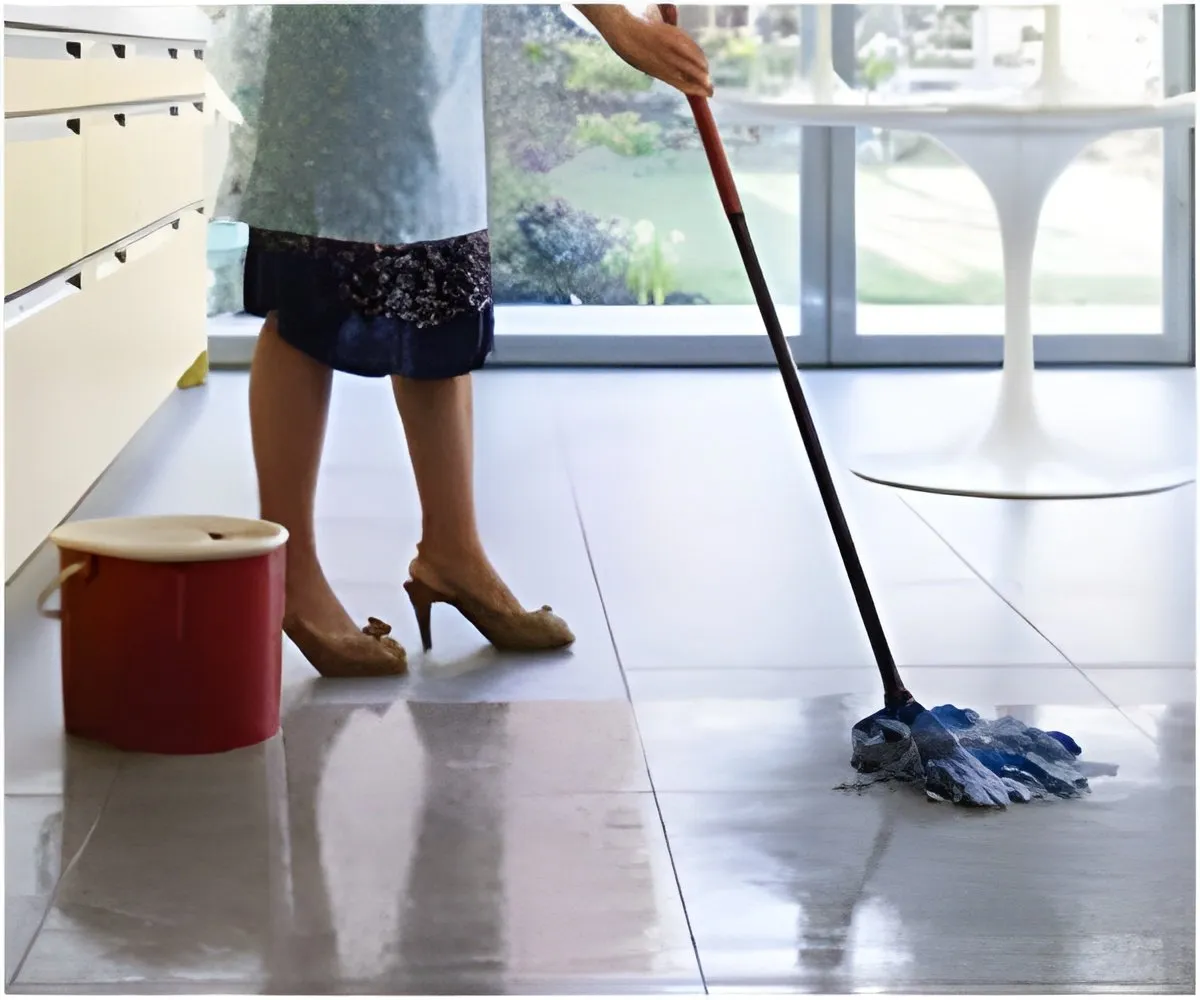Hospital Sanitation Innovations in Infection Control and Patient Safety

Hospital Sanitation: A Vital Component in Infection Control
Hospital sanitation plays a critical role in minimizing healthcare-associated infections (HAIs). Recent research published in the American Journal of Infection Control assesses the effectiveness of color additive wipes, revealing a significant boost in cleaning efficacy.
Study Overview
This comparative study investigated the cleaning outcomes of traditional wipes versus wipes featuring a visual color additive. The latter displayed a noticeable blue hue during use, fading away, thereby providing a clear visual cue of cleaned surfaces.
- Standard cleaning involved regular wipes.
- Color additive wipes were employed after training EVS teams.
Impact on Cleanliness and Efficiency
The findings were compelling:
- Rooms cleaned with color additive wipes were 69.2% cleaner.
- Microbial presence post-cleaning decreased from 60% with standard wipes to just 31% with color additive wipes.
- Cleaning time was reduced from 39.1 to 36.8 minutes.
Infection control manager Dr. Olayinka Oremade emphasized the importance of visual cues in enhancing cleaning processes. The study demonstrated that simple interventions can drastically improve hospital sanitation outcomes, thereby fostering patient safety.
Overall, effective disinfection protocols are essential in healthcare to prevent infections, aligning with expert opinions that innovative solutions are vital for maintaining high standards of hygiene.
This article was prepared using information from open sources in accordance with the principles of Ethical Policy. The editorial team is not responsible for absolute accuracy, as it relies on data from the sources referenced.